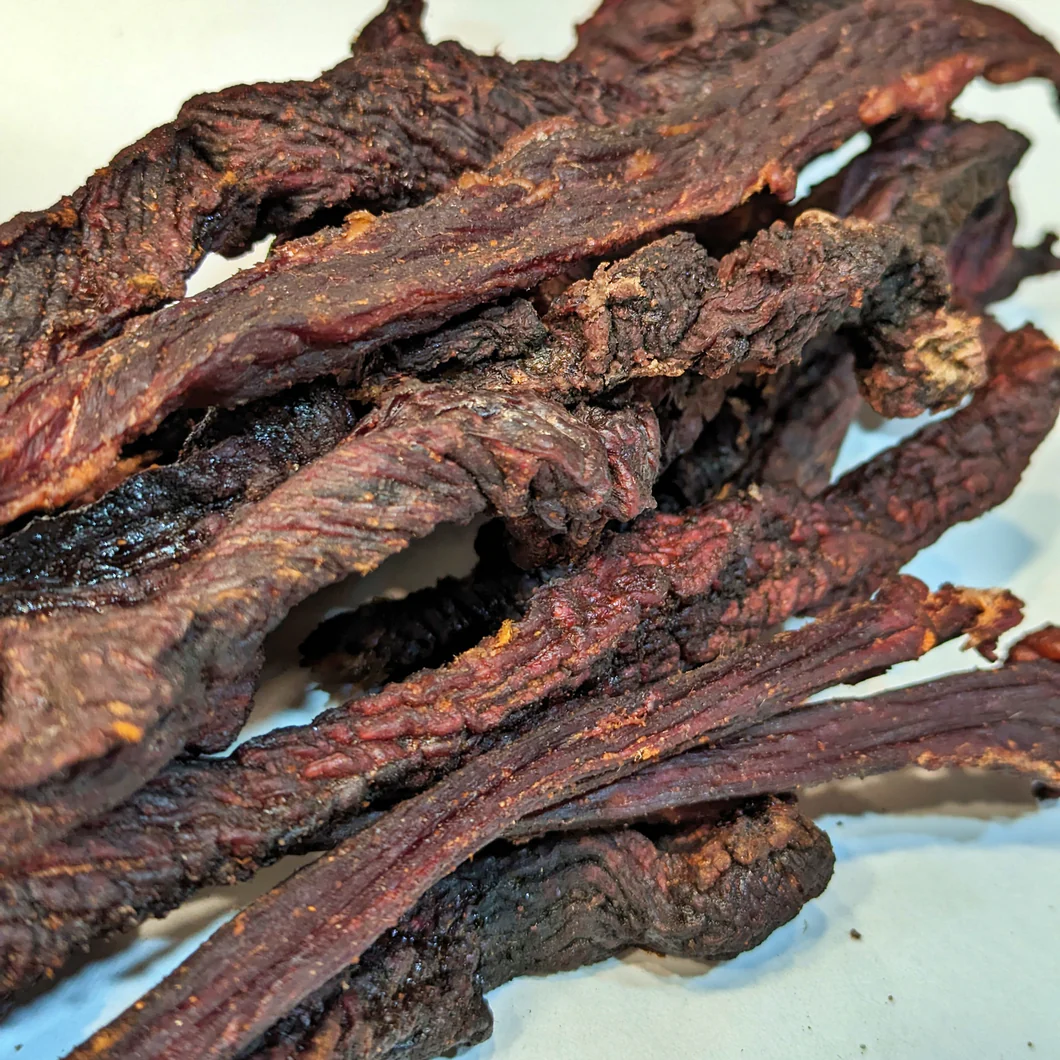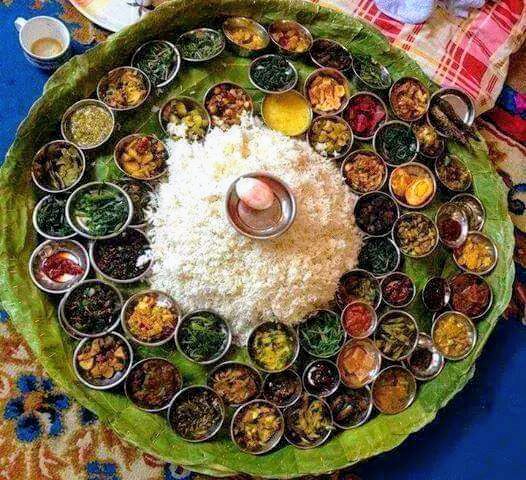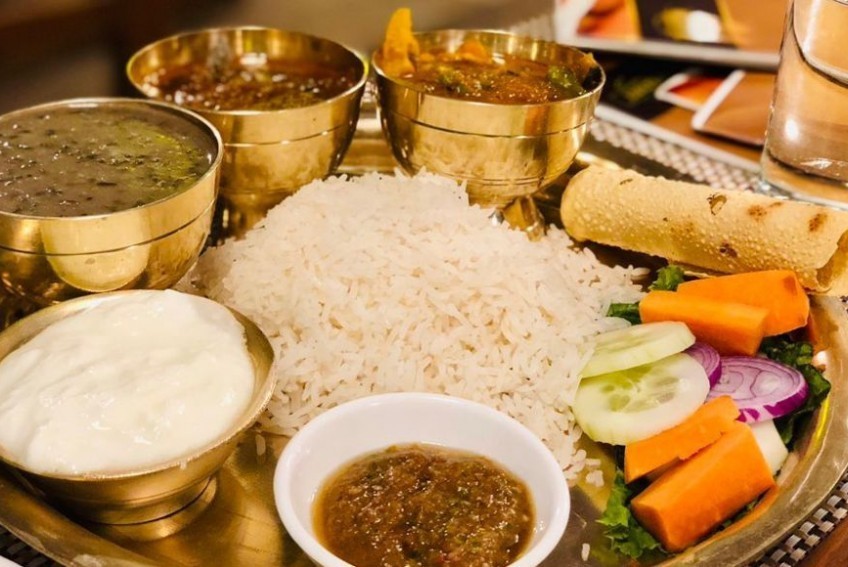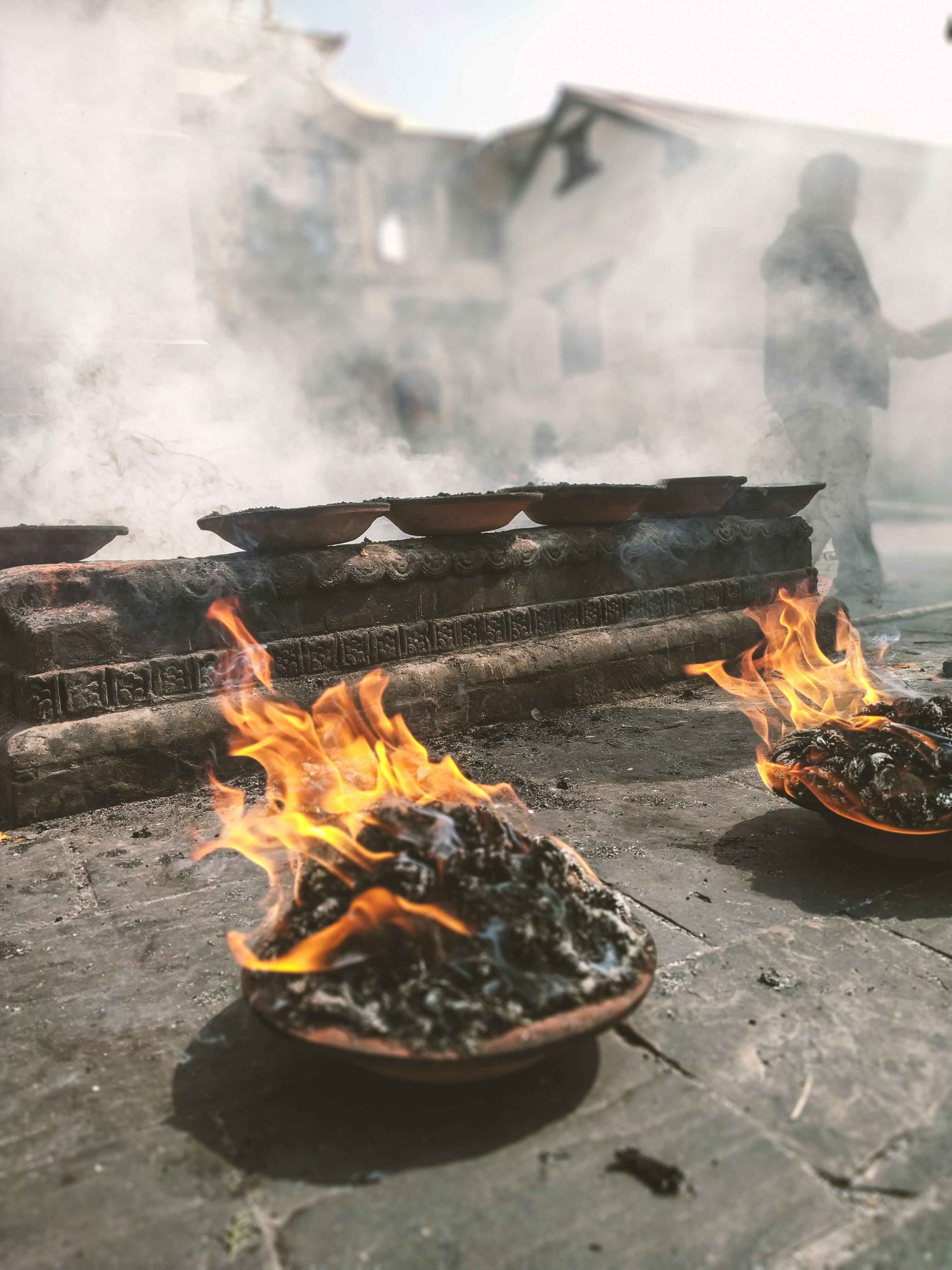Share this Article

Sukuti, a traditional form of dried meat from Nepal, stands as a testament to the country's rich culinary heritage and its ingenious methods of food preservation. This delicacy is particularly prized for its robust flavors, which result from a meticulous process involving marination, drying, and sometimes smoking. Sukuti holds a special place in Nepali culture, serving as both a staple food and a festive treat.
Historical and Cultural Context
The tradition of drying meat in Nepal can be traced back to ancient times when preserving food for long periods was essential, particularly in the harsh mountain climates. Sukuti, derived from the Newar word ‘sukuwa’, which means dry meat, has been a vital part of the Himalayan diet for centuries (Gurung, 2004). Its preparation and consumption are deeply embedded in the cultural practices of various ethnic groups, especially the Newars and Tamangs.
Preparation Process
1.Selection of Meat: Traditionally, Sukuti is made from buffalo or goat meat, though variations with chicken or beef have emerged in modern times. The meat is carefully selected to ensure quality and tenderness, which are crucial for the final product's texture.
2.Marination: After slicing the meat into thin strips, it is marinated with a blend of spices such as cumin, coriander, turmeric, chili powder, garlic, and salt. This step is essential for imparting the distinct flavors that Sukuti is known for (Shrestha & Khadka, 2015).
3.Drying: The marinated meat is then either sun-dried or air-dried in a well-ventilated area for several days. This method not only preserves the meat but also intensifies its flavor. In some regions, the drying process is coupled with smoking, which adds a smoky aroma and enhances the preservation process (Bhandari, 2010).
4.Smoking: Some traditional methods include smoking the meat over a fire of aromatic woods, which infuses the meat with a deep, earthy flavor. This technique is prevalent in rural areas where resources for smoking are readily available.
Culinary Uses
- Snack: Sukuti is commonly enjoyed as a dry snack, often served with beaten rice (chiura) and a side of pickles. It is a popular choice during social gatherings and festivals.
- Curries: In many households, Sukuti is cooked into rich curries with a base of onions, tomatoes, and spices, which complement the dried meat's chewy texture (Acharya, 2019).
- Pickles: Sukuti is also used in spicy pickles, where it is mixed with chili, garlic, and mustard oil to create a flavorful accompaniment to main dishes.
Nutritional and Health Benefits
- High Protein Content: Sukuti is an excellent source of protein, which is essential for muscle repair and growth. A typical serving provides a significant portion of the daily protein requirement (Dahal & Bista, 2020).
- Low Fat: The drying process reduces the fat content of the meat, making Sukuti a healthier alternative to other forms of preserved meats.
- Long Shelf Life: Its ability to remain edible for extended periods without refrigeration makes Sukuti a practical food choice for storage and long journeys, especially in remote areas.
Modern Adaptations and Global Appeal
With globalization, Sukuti has found its way into international markets. Entrepreneurs are now packaging it for export, introducing the world to this Nepali delicacy. Variations with different meats and spices are being developed to cater to diverse palates. The growing demand for natural and preserved foods has positioned Sukuti as a sought-after product in health-conscious markets (Maharjan, 2021).
Conclusion
Sukuti embodies the ingenuity and culinary prowess of Nepal, reflecting the country's ability to adapt traditional practices to modern contexts. Its rich history, unique preparation methods, and versatile uses in Nepali cuisine make it a cherished delicacy. As it continues to gain recognition globally, Sukuti remains a symbol of Nepal’s cultural and gastronomic heritage.
Categories:
Food & Drink
Tags:
sukuti
,
Dry Meat







